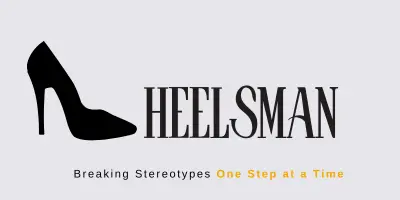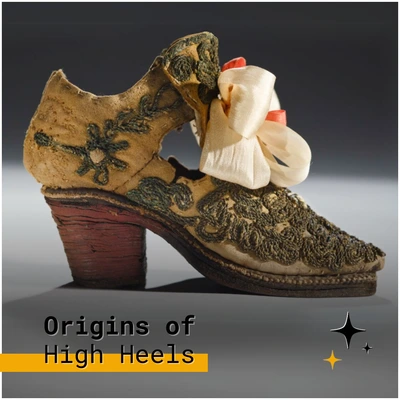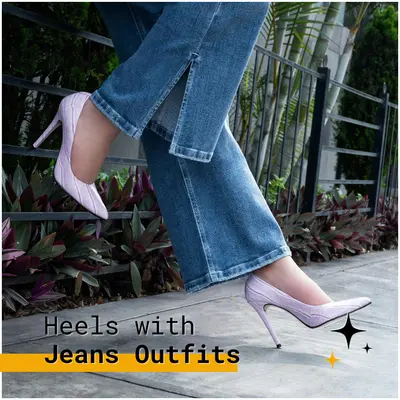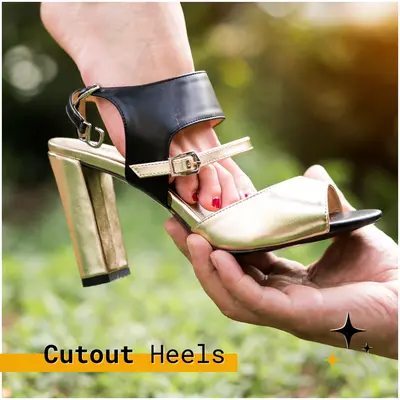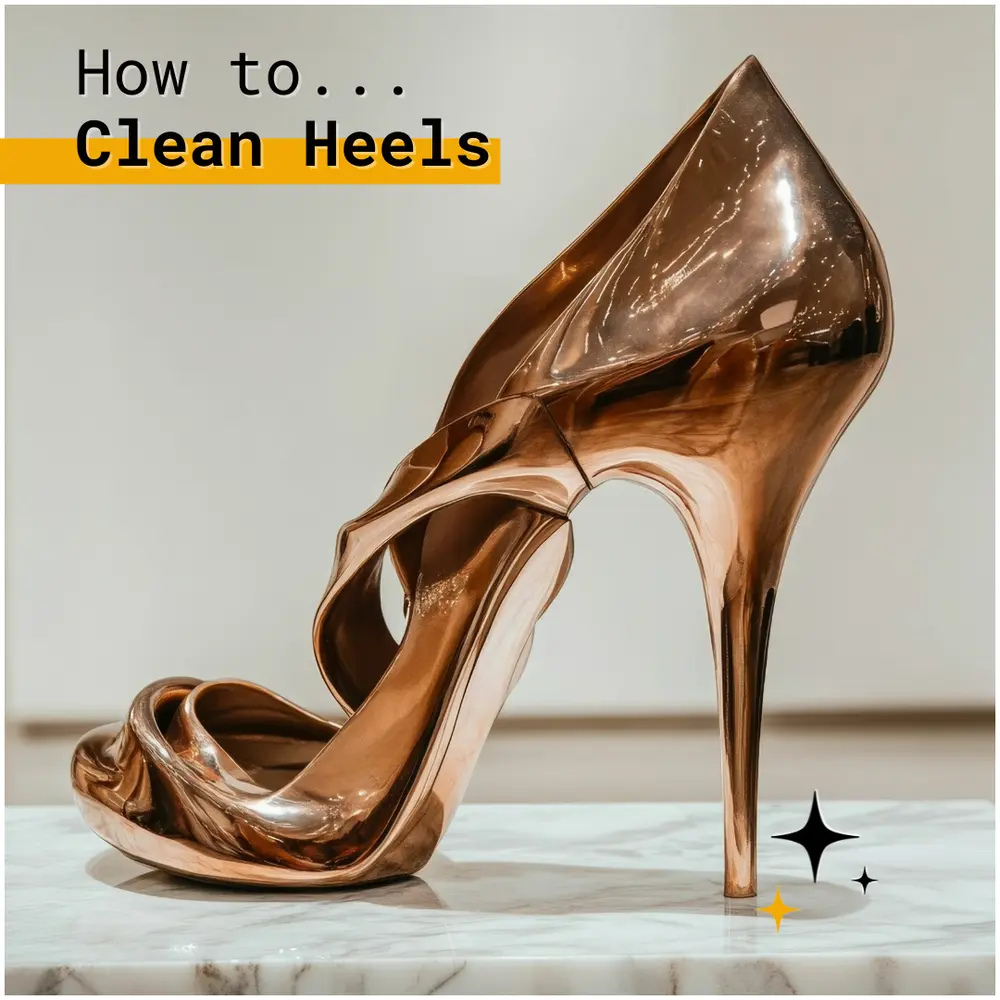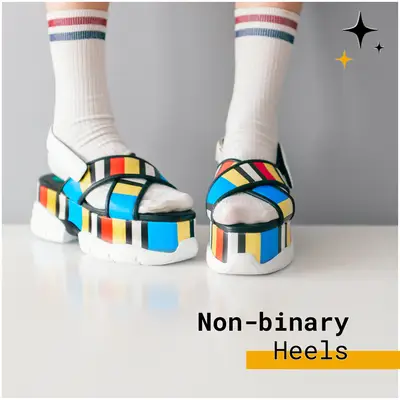– High heels: A symbol of power, elegance, and individuality
High heels are more than just a fashion statement; they’re a journey through history, culture, and even rebellion. Whether it’s the click-clack sound of stilettos on a marble floor or the sturdy block heels of the past, these shoes carry stories of power, elegance, and daring individuality. Let’s take a confident step into the origins of high heels and uncover how these iconic shoes have evolved over the centuries.
Why Were Heels Invented?
Surprisingly, the high heel didn’t start as a fashion trend but as a practical tool. Ancient Persian warriors were the first to use heels, and their purpose was far from glamorous. The raised heel helped riders secure their feet in stirrups during horseback combat. Imagine galloping into battle with the added support of your footwear – talk about functional fashion!
But let’s get creative for a moment. What if heels had an entirely different origin story? Picture this: cavemen sneaking around prehistoric forests in their heeled sandals, trying to tiptoe closer to dinosaurs without being heard. Or maybe ancient tribes invented heels because they made changing the oil lamp in a cave a lot easier! Sure, it’s not historically accurate, but it does make you wonder how practicality often leads to invention, even in the most absurd scenarios.
This practicality eventually intersected with style. As trade routes expanded, Persian footwear made its way to Europe.
European nobility saw potential not only in the function but in the aesthetic of heels. Thus began their transformation from utility to luxury.
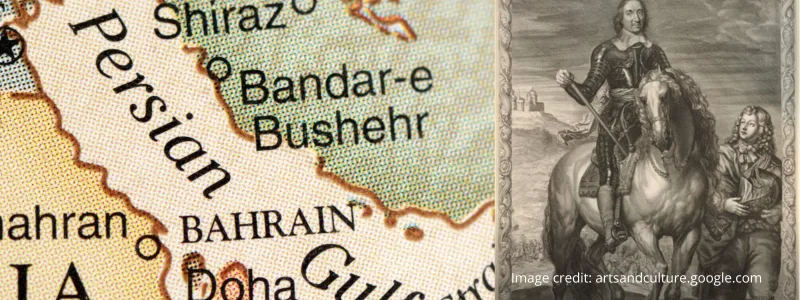
Shoes in Ancient Persia: Origins of High Heels
In ancient Persia, high heels were all about control and dominance. Warriors on horseback used them as a tool of war, ensuring stability while wielding weapons. But it wasn’t long before these practical shoes caught the eye of the elite.
By the 17th century, Persian emissaries introduced heeled shoes to Europe. These shoes were a novelty and quickly became associated with power and sophistication. They were exotic and exclusive, which made them irresistible to the European upper class.
The 17th Century: When Men Wore Heels
Did you know that men were the first in Europe to embrace high heels as a fashion statement? That’s right! The 17th century saw European aristocracy, particularly men, strutting around in heeled shoes. Why? Because heels were a symbol of status.
The higher the heel, the closer you were to royalty… or at least to looking like it.
Take King Louis XIV, for instance. This French monarch adored high heels so much that he popularized red-soled shoes. Heels became a way to signal wealth and exclusivity. If your heels were dyed red, it meant you had money to spare and connections to flaunt. Kind of like today’s designer labels, don’t you think?
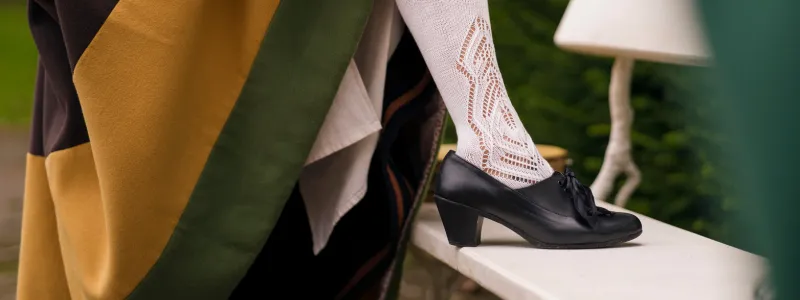
High Heels: A Symbol of Aristocracy
By the time heels became a staple in European fashion, they were reserved for the upper echelons of society. Peasants couldn’t possibly afford such luxuries, and even if they could, practicality would always win over style in their day-to-day lives.
But something interesting happened in the late 17th and early 18th centuries. Origins of High Heels for Women Started…
High heels began transitioning from men’s fashion to women’s.
As men’s clothing became more practical and subdued, women’s fashion embraced the dramatic flair that heels provided. They became a way to enhance posture, highlight elegance, and yes, even attract attention.
The Decline of Men’s Heels in the 19th Century
By the 19th century, men’s fashion underwent a significant transformation. Practicality and industrial progress took center stage, leaving little room for the extravagance of high heels. Meanwhile, women’s fashion leaned heavily into femininity, and heels became a defining feature of this aesthetic.
Think about it: While men’s shoes became flatter and simpler, women’s heels grew higher and more elaborate. It’s as if society said, “Let’s divide footwear along gender lines,” creating a cultural norm that persists even today.
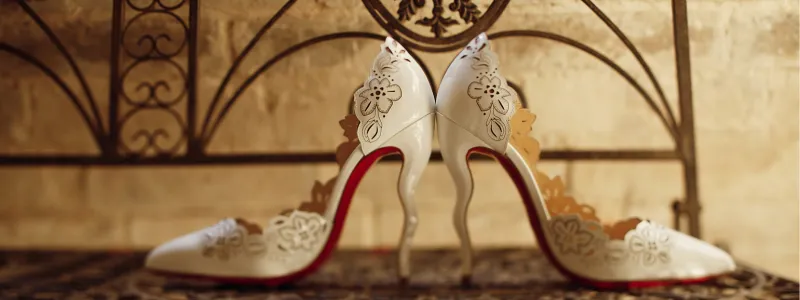
High Heels in Modern Culture
Fast forward to the 21st century, and high heels are once again challenging norms. They’ve become a symbol of empowerment, worn by people of all genders who want to express confidence and individuality. The lines between men’s and women’s fashion are blurring, and heels are making a comeback in men’s wardrobes – including mine!
From celebrities like Billy Porter to fashion-forward icons on runways, men are reclaiming high heels as a tool for self-expression. For me, slipping into a pair of heels is like stepping into my power.
Who cares if people stare? Let them. That’s the point!
The Heelsman’s Perspective
As a heelsman, I’ve had my fair share of heel-worthy moments. Like the time I wore towering stilettos to a gala and met a designer famous for their avant-garde footwear. We talked about how heels can redefine a person’s presence. “It’s not just about height,” they said. “It’s about the energy you bring.” Preach!
Or the time I walked into a meeting wearing bold red heels, channeling my inner Louis XIV. Let me tell you, it’s impossible to feel intimidated when you’re literally standing taller than everyone else in the room.
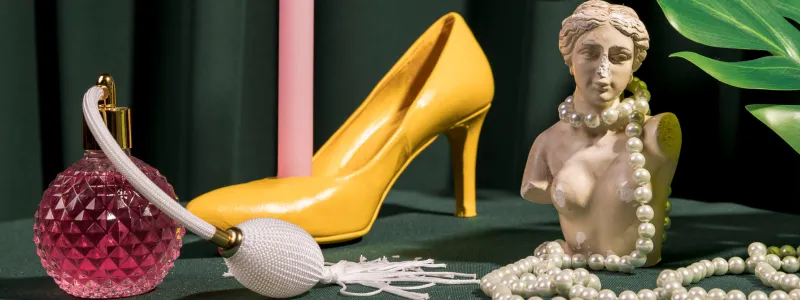
What Society Thinks vs. What Heels Stand For
Of course, high heels aren’t without their critics. Some see them as impractical or even oppressive. But for many, including me, they’re a tool for breaking stereotypes and embracing individuality.
Heels challenge the norm. From origins of High Heels, they say, “I’m here, and I’m unapologetically myself.” And isn’t that what fashion is all about? Whether you’re strutting in stilettos or rocking combat boots, the point is to walk your path with confidence.
High heels have traveled a fascinating journey from Persian battlefields to modern fashion runways.
They’ve been symbols of power, luxury, and individuality, and they continue to evolve. So whether you’re a heelsman like me or just someone who appreciates a great pair of shoes, remember this: High heels aren’t just footwear. They’re a statement. Walk tall, my friends.
Today's Heelsman Topics – feel free to comment!
FAQs
Who first wore high heels?
Persian men rocked them in battle.
Were heels always for women?
Nope – men wore them first!
Why did heels become a fashion statement?
Nobility loved the extra height.
When did heels become everyday wear?
The 20th century made them mainstream.
Are modern heels inspired by history?
Absolutely! Fashion always circles back.
From ancient Persian warriors to European nobility, high heels have a rich history beyond fashion. Originally designed for practicality and power, they have evolved into icons of elegance and expression. Today, anyone can embrace their legacy with pride.
